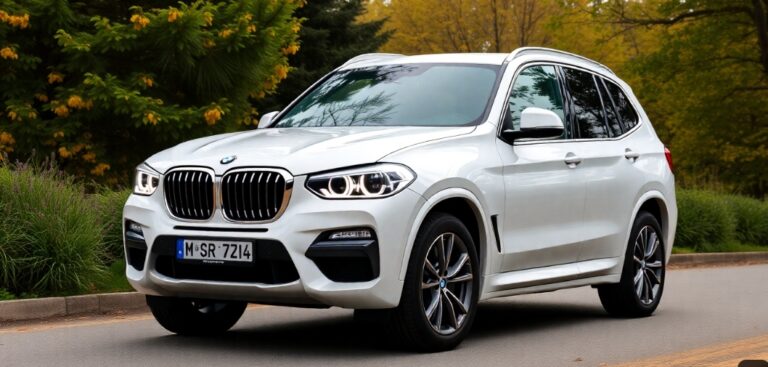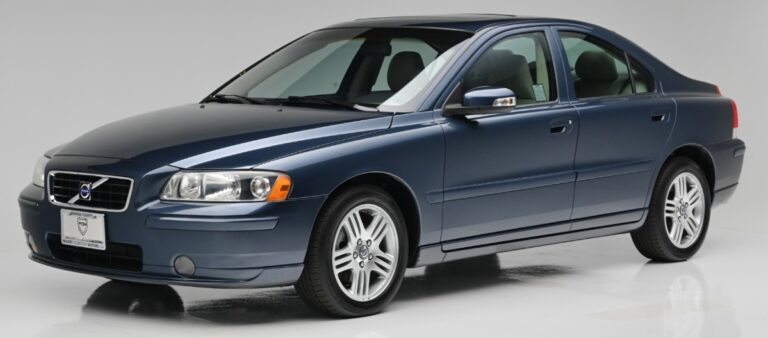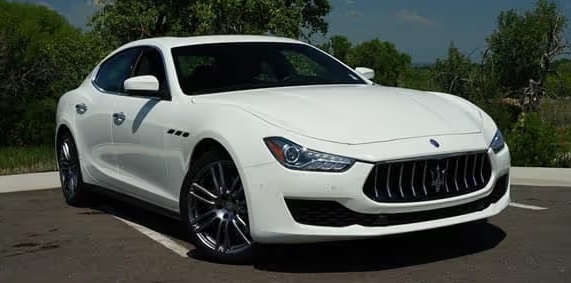The Evolution of the GMC Terrain: A Comprehensive Overview
The GMC Terrain, a compact SUV that blends functionality with modern design, has seen remarkable transformation since its inception in 2009. As part of General Motors’ GMC division, the Terrain was introduced to compete in the growing market of compact SUVs, boasting a unique blend of style and practicality that has evolved over the years to cater to consumer demands and market trends.
First Generation (2009-2017)
The first-generation GMC Terrain was produced from 2009 to 2017, and it was built on the Theta platform, which it shared with other General Motors compact vehicles, such as the Chevrolet Equinox. The Terrain debuted as a 2010 model and immediately made its mark with a bold, upright design and spacious interior.
Models and Trim Levels (2009-2017):
During its production, the Terrain was offered in several trim levels:
- SL: The base model featured standard amenities such as a four-cylinder engine, cloth upholstery, and basic technology options.
- SLE: This mid-level trim included enhanced features such as a six-speaker audio system, upgraded cloth seating, and optional all-wheel drive.
- SLT: The SLT trim offered additional luxuries, including leather seating, a premium audio system, and advanced safety features.
- Denali: The Denali trim represented the pinnacle of luxury, featuring unique styling cues, premium materials, and advanced technology options—setting the Terrain apart in the marketplace.
Engines and Performance:
Initially, the Terrain came with a standard 2.4-liter four-cylinder engine producing around 182 horsepower. For those seeking more power, a 3.0-liter V6 engine option was also available, increasing output to 264 horsepower. The first-generation Terrain also provided drivers with excellent fuel economy, especially with the four-cylinder engine.
Facelifts and Updates
During its run, the Terrain underwent various updates, including a mid-cycle refresh in 2013. This update included revised front-end styling with a new grille and redesigned headlights, along with significant technology updates. The introduction of GM’s IntelliLink infotainment system was a game-changer, bringing advances in connectivity and user experience to the vehicle.
Second Generation (2018-Present)
The second generation of the GMC Terrain was unveiled at the 2017 North American International Auto Show, and it was launched as a 2018 model. This generation made a significant departure from its predecessor, not just in design but also in functionality. The Terrain received a more refined and sophisticated appearance while improving its capabilities.
Models and Trim Levels (2018-Present):
The second generation offered a diverse range of trim levels:
- SL: The base trim continued to provide essential features but incorporated updated technology, including a touchscreen infotainment system and smartphone integration.
- SLE: The SLE offered more options, including enhanced cloth seating, additional USB ports, and convenience features such as remote start.
- SLT: With the SLT trim, buyers enjoyed added luxury with leather-accented seating, and more premium audio and safety features, including advanced driver-assistance technologies.
- Denali: The Denali trim continued to dominate with upscale features, including ventilation in the front seats, premium audio systems, and exclusive exterior styling elements that enhanced its luxury appeal.
Engines and Performance:
The second-generation Terrain came standard with a 1.5-liter turbocharged four-cylinder engine producing approximately 170 horsepower. For those wanting additional power, a 2.0-liter turbocharged engine generating 252 horsepower was also introduced. Diesel power became an option in the later years, specifically a 1.6-liter turbo-diesel variant that offered impressive fuel economy, catering primarily to those focused on efficiency.
Key Features and Technologies
Over the years, the GMC Terrain has continuously integrated advanced technology that enhances safety and convenience. From the initial models to the current iterations, the SUV has progressed with features such as automatic emergency braking, lane departure warning, and adaptive cruise control, providing an overall enhancement in driving experience and safety.
Changes in Consumer Preferences and the Terrain’s Response
As the automotive landscape evolved, so did consumer preferences. Modern SUV buyers increasingly prioritize technology, safety, and efficiency, leading GMC to adapt the Terrain accordingly. The move to a smaller footprint and improved aesthetics in the second generation reflects an awareness of market demand for compact, city-friendly vehicles without sacrificing interior space or comfort.
Sales and Market Impact
The GMC Terrain quickly established itself in the competitive compact SUV market, appealing to buyers drawn to its distinct design, robust features, and GMC’s reputation for durability and reliability. Over its production life, the Terrain has seen its share of ups and downs in sales, generally aligning with the automotive industry trends towards SUVs and crossovers, which have become increasingly popular over traditional sedans.
.

.
Conclusion
From its introduction in 2009 to its current iteration, the GMC Terrain has evolved significantly to meet the demands of an ever-changing market. The shift from ruggedness to refinement reflects broader trends in consumer preferences, with an emphasis on technology, comfort, and efficiency. Through its various models and trim levels, the Terrain has maintained a blend of utility and luxury that makes it a compelling choice in the compact SUV segment. As GMC continues to innovate and adapt, the Terrain remains a notable player in the discussion of modern SUVs, balancing heritage with contemporary automotive standards. The GMC Terrain exemplifies how a vehicle can adapt to changing times while retaining core values of reliability, style, and performance, setting the stage for its future developments in the automotive landscape.







